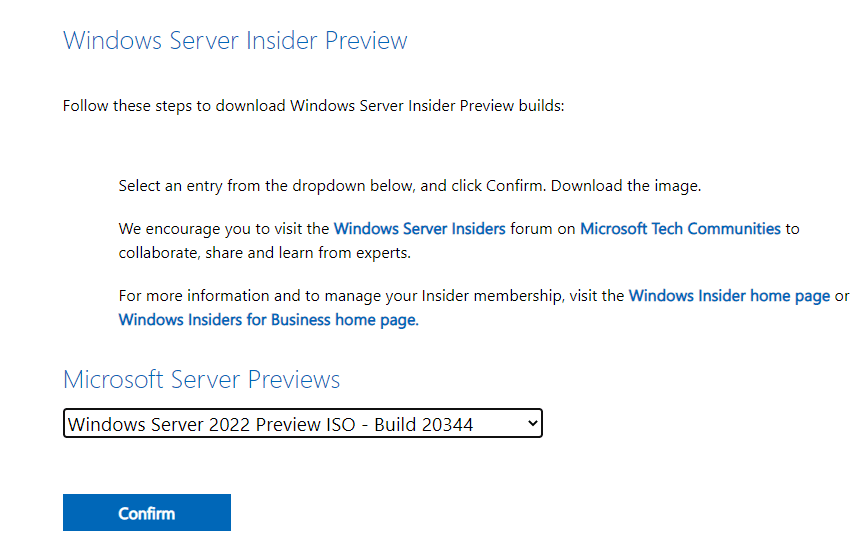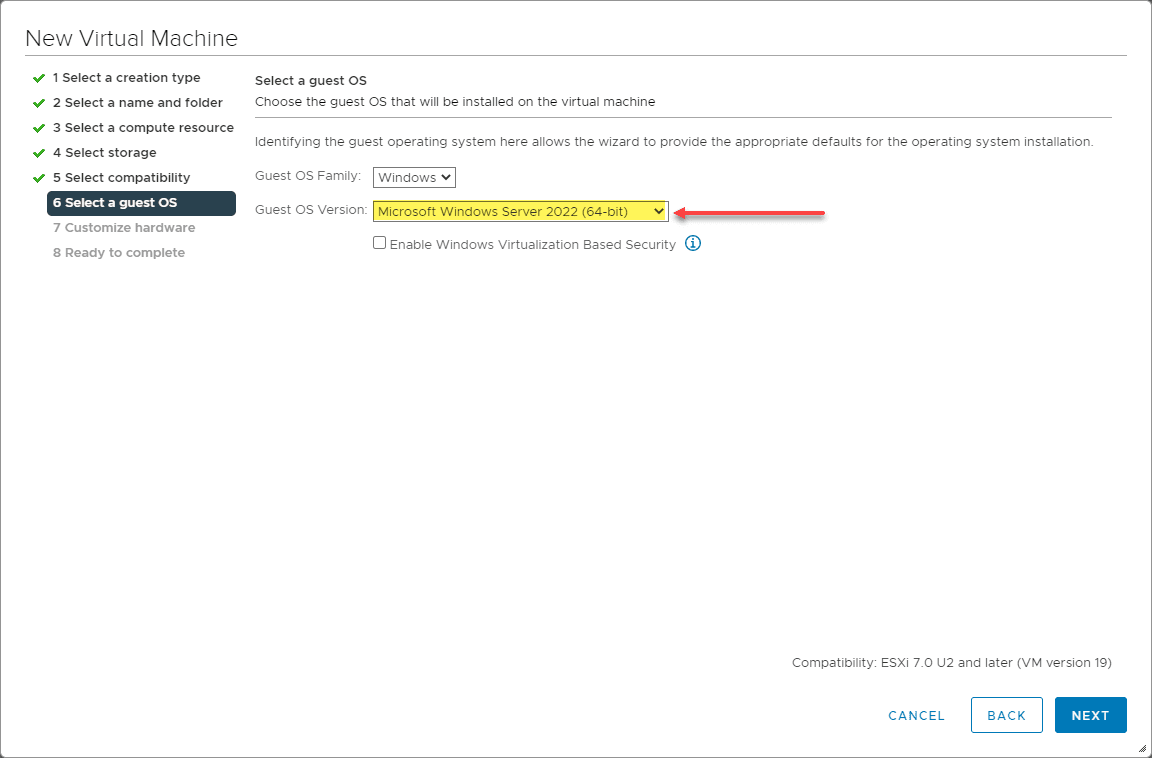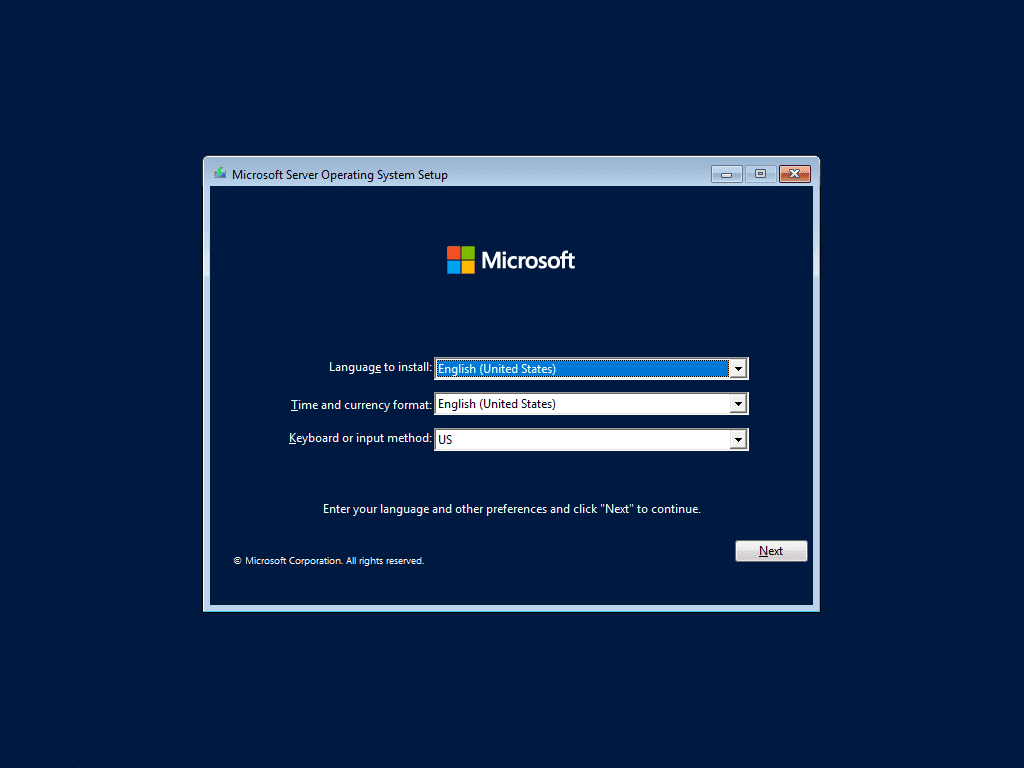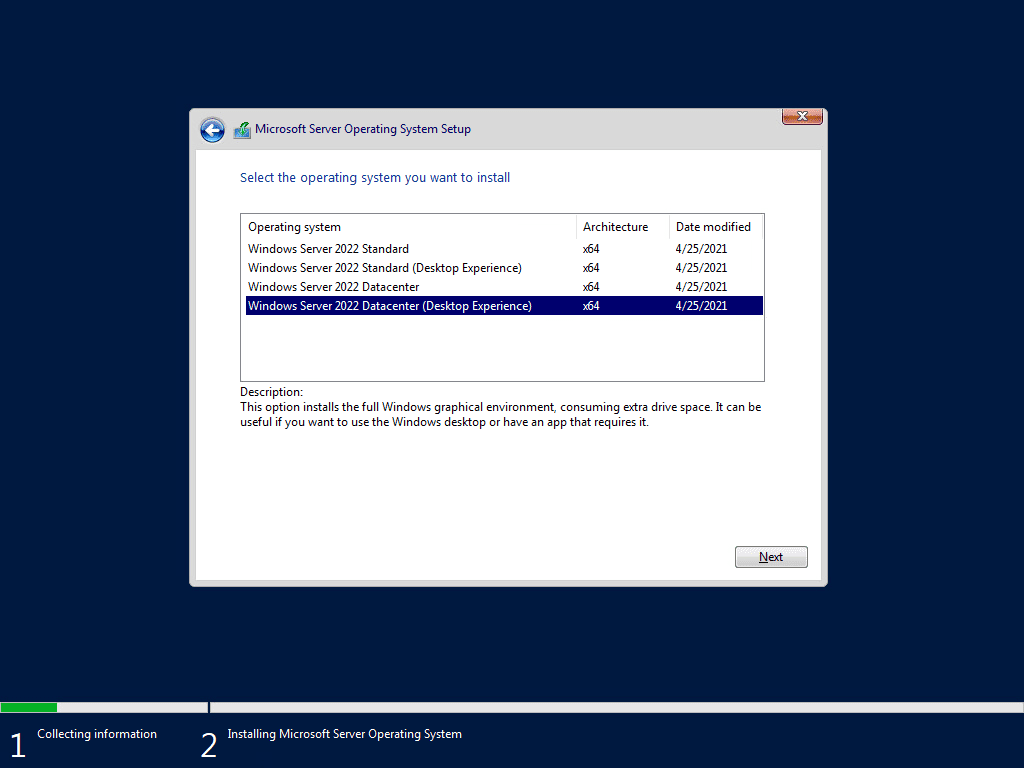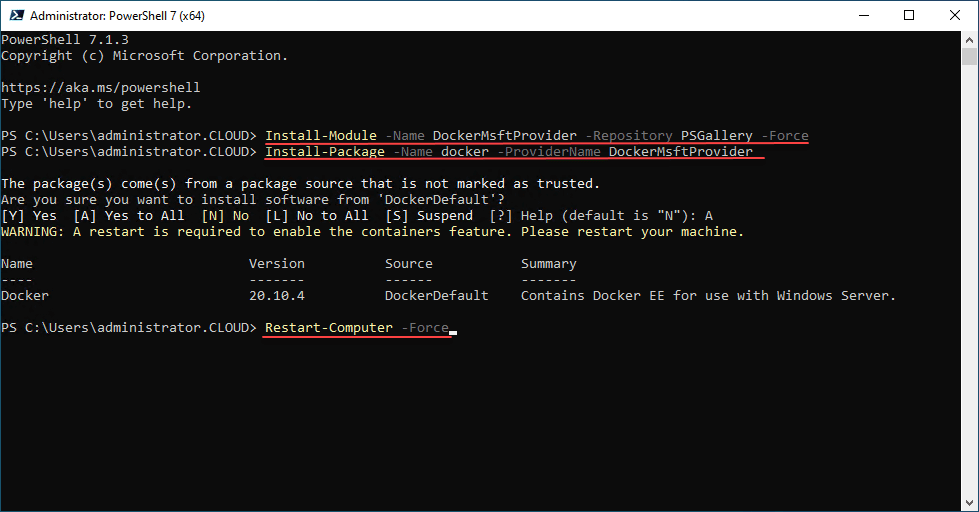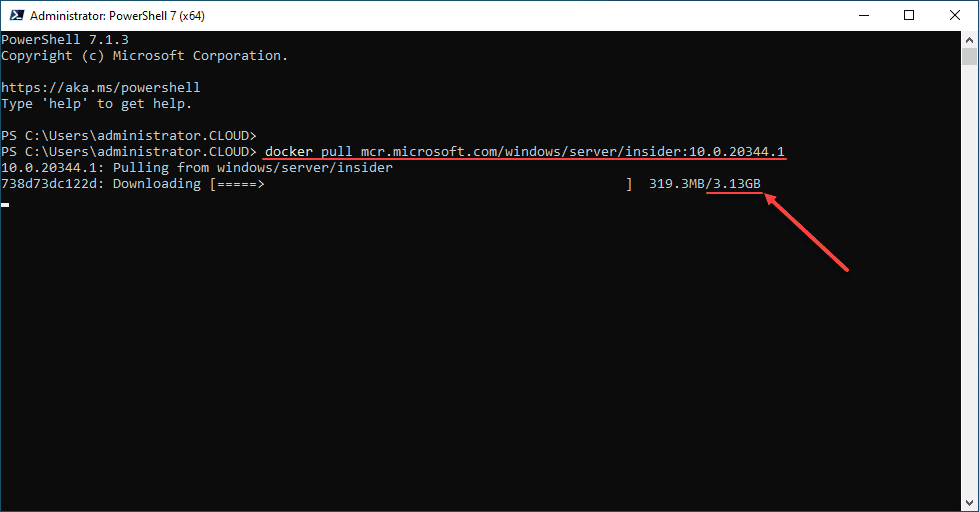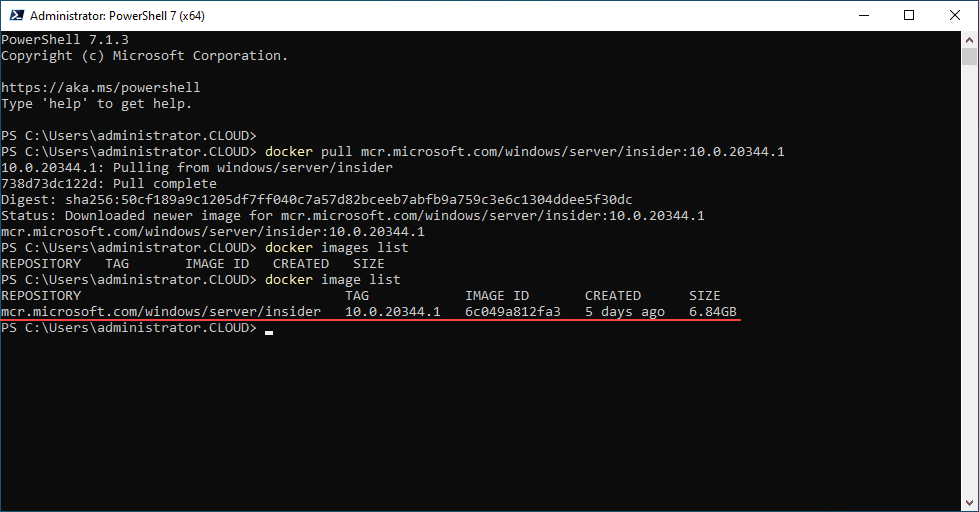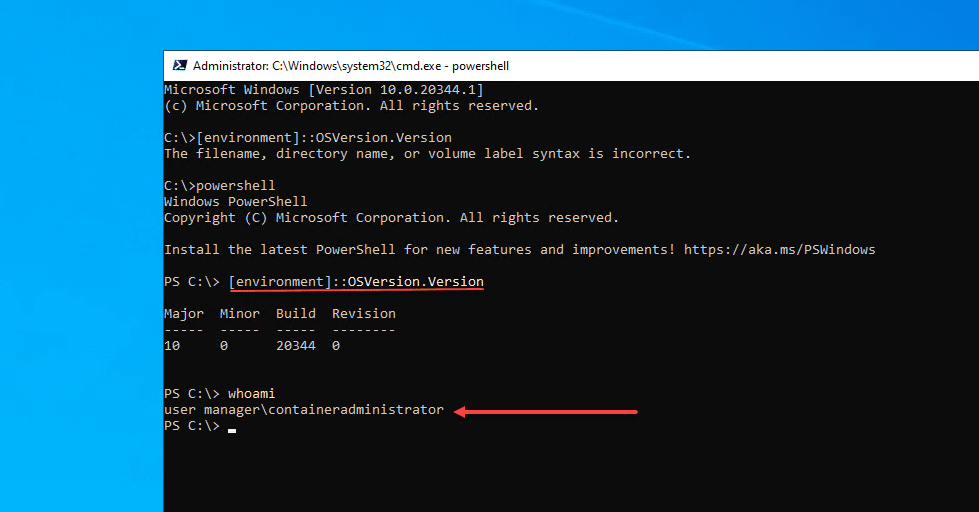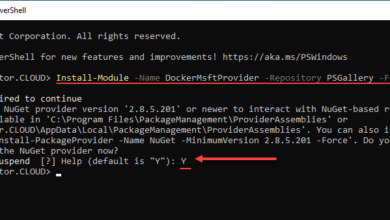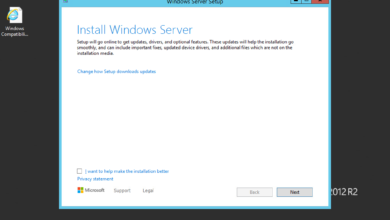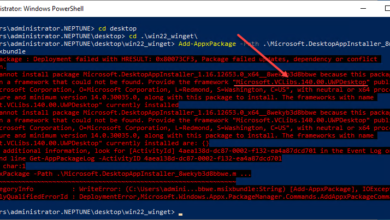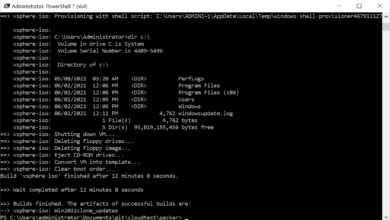New Windows Server 2022 Container Image Preview Install
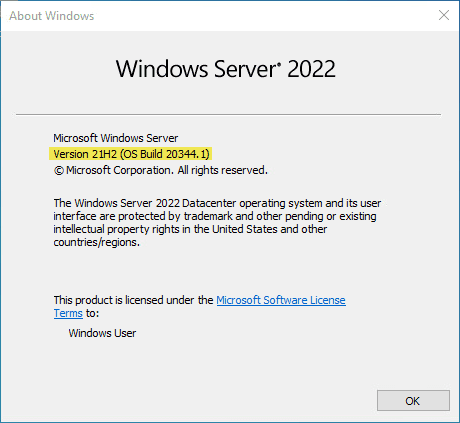
Just a few days ago, Microsoft released news of the new Windows Server 2022 base OS container image preview. It is built from Windows Server 2022 with the Desktop Experience. This provides many great new benefits and lifting of many of the restrictions that existed previously with other Windows container images found in the Microsoft registry and Docker Hub. Let’s take a deeper look at the new Windows Server 2022 container image preview install and what features and capabilities it brings for organizations today building modern containerized applications.
First container built on Windows Server 2022 with Desktop Experience
Microsoft has seen the need to revamp its container offering with the new Windows Server 2022 container offering. Many customers using the current Microsoft container offerings have run into various limitations. Interestingly, Microsoft details in the official blog post on the new containers that the limitations are due to the container being built from a full Windows Client operating system and not Windows Server. What are some of these limitations to note?
- Windows server 2004 has IIS application pool connection limit of 10
- Windows Server Container – mcr.microsoft.com/windows should have been a Server OS Container
As you can see above, there is a pesky limitation with current containers running IIS. A limitation of 10 connection limit to the AppPool for IIS. So, Microsoft is engineering this container image “right” from the ground up and building it based on what it calls the full Server operating system. This might be a little confusing since we are talking about a container image here. So, what is Microsoft referring to?
Well, contrasted with what is mentioned above about the other container images being built with Windows client OS and ported to run on Server, this new container image is based on a full Windows Server 2022 with Desktop Experience edition as the base for the new container image. So, again, this is not like running a full VM of Windows Server 2022 in a container, rather it is the base of the image that Microsoft started with in this new container image. Some may refer to the image as Server Core + Desktop UI. However, as previous with the other container images, this image does not have a GUI.
Windows Server 2022 Container Image Benefits
What are the primary benefits of this new Windows Server 2022 container image? The are as follows:
- Smaller size – This image cuts a bit of the fat of the previous image. Previously it was 3.4GB and now it is down to 3.1GB.
- Better performance and reliability – With this container image it takes all the enhancements and stability improvements of the Server Core container image and carries those forward. Microsoft has taken everything they have learned from a performance and stability standpoint in developing this new image.
- LTSC support – This new container is supported from the very start with LTSC support lifecycle timelines. This means it is an LTSC image with a 5 year support lifecycle.
- Removes limitations of the Windows “client” based container images as mentioned earlier – It contains more Server functionality as you would expect. This provides the following:
- No limit on IIS connections as mentioned earlier
- Web APIs and Web Management Services support
- GPU support – Microsoft has brought GPU support to this container image. This is something they have been working on for a while now. GPU support is now enabled in this container image build.
New Windows Server 2022 Container Image Preview Install
Let’s take a look at the new Windows Server 2022 container image preview install and see what steps you need to take to take a look at the new image.
- Download the latest Windows Server 2022 vNext Preview
- Install the Windows Server 2022 vNext Preview
- Install Docker
- Pull the new Windows Server 2022 container image
- Run the new Windows Server 2022 container image
1. Download the latest Windows Server 2022 vNext Preview
The first thing you want to do is download the latest Windows Server 2022 vNext Preview. You can do this by visiting the Download Windows Server Insider Preview (microsoft.com) page. It is easy to sign up if you haven’t done that already.
The Windows Server 2022 vNext Preview is available in both ISO and VDHX format for download. Choose the format you are using and download the files. I am here using the ISO download as I will be installing in VMware vSphere.
File details include:
- Name – Windows_InsiderPreview_Server_vNext_en-us_20344.iso
- Size – 4,600,740 KB
2. Install the Windows Server 2022 vNext Preview
The next step is a fairly obvious one. Install the Windows Server 2022 vNext Preview release. As I mentioned, I am installing into a VMware vSphere 7.0 Update 2a environment.
3. Install Docker
Next on the list is installing Docker. To do that, you can run the following three commands from a PowerShell prompt. Here I am running from PowerShell Core 7.1.3.
Install-Module -Name DockerMsftProvider -Repository PSGallery -Force
Install-Package -Name docker -ProviderName DockerMsftProvider
Restart-Computer -Force4. Pull the new Windows Server 2022 container image
The next step after getting Docker installed and the server rebooted is to pull down the Windows Server 2022 container image. To do this, use the command:
docker pull mcr.microsoft.com/windows/server/insider:10.0.20344.1The container image is successfully downloaded and extracted.
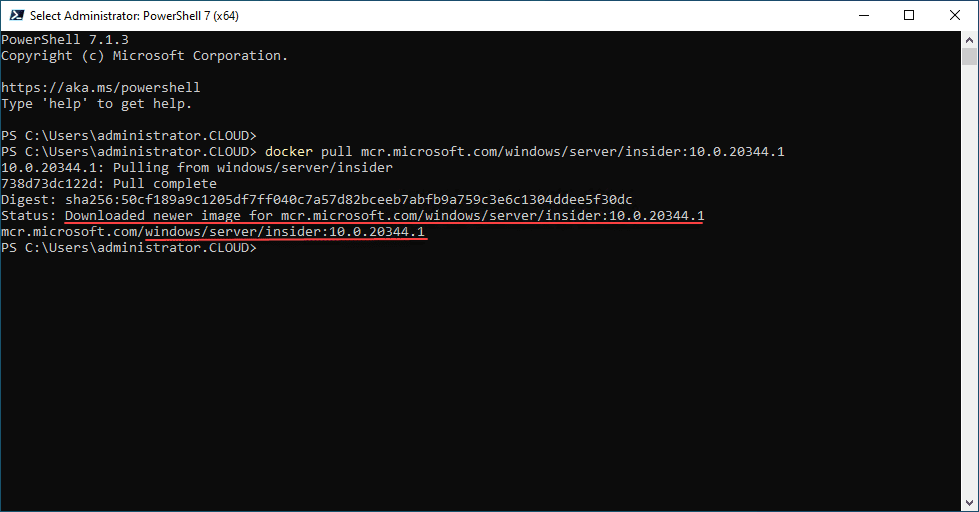
5. Run the new Windows Server 2022 container image
Now that we have the new Windows Server 2022 container image pulled down, let’s run the new image.
docker run -it mcr.microsoft.com/windows/server/insider:10.0.20344.1 cmdJust a quick sanity check that we are seeing the command line output inside the interactive container session.
As a note, the new Windows Server 2022 container image is set to run in process-isolation mode by default.
Wrapping Up
The new Windows Server 2022 Container Image Preview install provides a great new container release for organizations making use of Windows containers for their modern applications. The new Windows Server 2022 container release removes many of the limitations of the Windows client container-based images and adds many more Server-based features. As shown, you can easily test out the new container image by downloading the latest Windows Server 2022 vNext Preview 20344 release, installing docker, pulling down the new image, and running the container.


